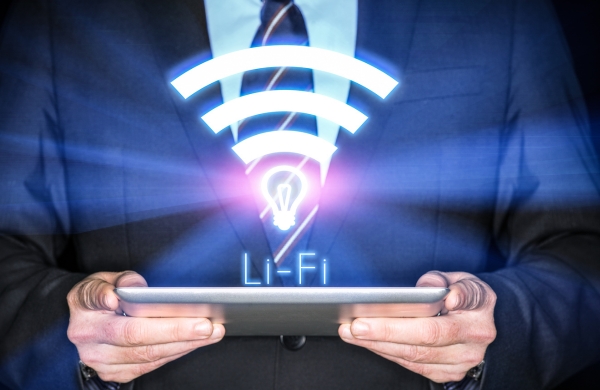
In today’s technology-driven world, Wi-Fi has become ubiquitous, enabling us to connect devices wirelessly to the internet. While Wi-Fi has its advantages, it also has limitations. However, a new technology called Li-Fi, which utilizes light instead of radio waves, is emerging as a promising alternative. Here we will discuss the concept of Li-Fi, its benefits, limitations, and the recent advancements in this field.
What is Li-Fi?
Li-Fi, short for Light Fidelity, is a wireless communication technology that allows the transmission of data and information using light. Coined by Harald Haas during a TEDGlobal talk in 2011, Li-Fi operates by modulating the intensity of light to transmit data between devices. Unlike Wi-Fi, which uses radio frequency waves, Li-Fi utilizes visible light, ultraviolet, or infrared spectrums for data transmission. Currently, Li-Fi can only be employed using LED bulbs in the visible light spectrum.
Advantages of Li-Fi
One of the significant advantages of Li-Fi lies in its ability to operate in areas susceptible to electromagnetic interference. This makes it suitable for environments such as airplanes, hospitals, and military installations. Li-Fi also offers higher data transfer speeds compared to Wi-Fi, thanks to the broader bandwidth available in the visible light spectrum. It provides faster and more reliable wireless communication, promising unparalleled security compared to conventional technologies like Wi-Fi and 5G.
Also Read: Choosing the Right Cisco Network Consultant: Factors to Consider for Successful Implementation
Limitations and Challenges
Li-Fi, however, faces several challenges that need to be addressed for widespread adoption. One primary concern is the reliance on light sources, such as LED bulbs, for data transmission. This limitation restricts its usage to areas with adequate lighting, posing a bottleneck for mobility and communication in low-light conditions.
Moreover, the range of Li-Fi is limited as light cannot penetrate through walls, necessitating the installation of transmitters in each room for seamless connectivity. Moving out of the illuminated area also reduces the signal quality, as Li-Fi relies on a direct line-of-sight connection.
Recent Standardization Efforts
To accelerate the development and adoption of Li-Fi technology, the Institute of Electrical and Electronics Engineers (IEEE) has introduced the IEEE 802.11bb standard for light-based wireless communications. This standardization will provide a common framework for Li-Fi solutions, ensuring interoperability and compatibility among different manufacturers and devices. Industry experts emphasize that this standardized approach will enable faster, more reliable wireless communications, surpassing the capabilities of conventional technologies like Wi-Fi and 5G.
Li-Fi as a Complementary Technology
While Li-Fi shows tremendous potential, it is important to note that it will not replace Wi-Fi or 5G in the foreseeable future. Radio waves still hold significant advantages, particularly in long-range communications and when signals need to pass through solid objects. Wi-Fi and 5G will continue to be the go-to options for most applications.
However, Li-Fi shines as an optimal solution in high-density areas with multiple light sources, such as shopping malls, where a robust data transmission network can be created using existing lighting infrastructure.
Also Read: 10.0.0.1 Pause Time: Benefits and Implementation Strategies
Conclusion
Li-Fi technology represents a groundbreaking development in wireless communication. Its reliance on light for data transmission offers faster speeds, enhanced security, and the ability to operate in electromagnetic interference-sensitive environments. Although Li-Fi is still in its early stages, recent standardization efforts by the IEEE are poised to drive its accelerated adoption and innovation.
While it won’t replace Wi-Fi or 5G, Li-Fi serves as a complementary solution, especially in areas with high congestion. As technology advances and challenges are overcome, Li-Fi has the potential to revolutionize wireless communication, unlocking new possibilities for a more connected future.

Leave a Reply